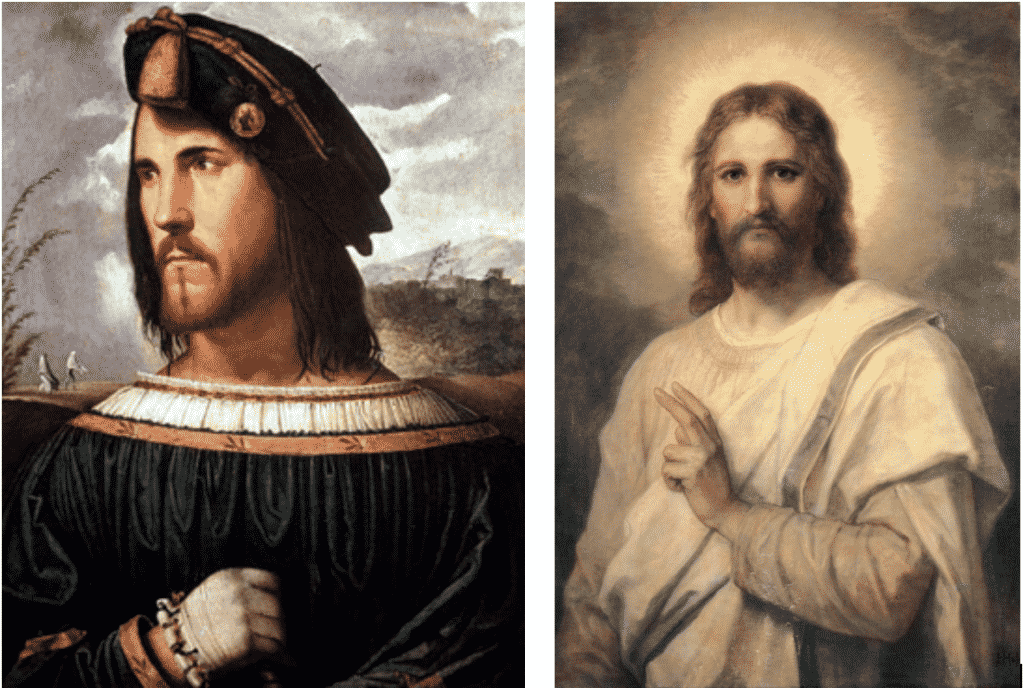That person, the author of such masterpieces as The Three Musketeers and The Count of Monte Cristo stated, was one Cesare Borgia, a fifteenth-century Italian cardinal and the son of Pope Alexander VI. There is indeed a striking similarity between Borgia, as he appears in several portraits that have survived him, and the modern image of Jesus.
Everyone knows who Jesus Christ was, but who exactly was Cesare Borgia? Though little known to most modern people, Borgia was one of the most infamous political figures of Renaissance Italy.
He was born on the 13th of September 1475 at Subiaco near Rome and was the son of Cardinal Roderic Borgia and his Italian mistress Vannozza dei Cattanei, and brother to the black widow of Rome, Lucretia Borgia.
In 1492 the notoriously corrupt Cardinal Roderic Borgia was elevated to the Papal tiara and became Pope Alexander III, a position he would hold until his death in 1503.
It is clear that Cesare Borgia was a key figure in the political machinations of Italy during the late fifteenth and early sixteenth century.
Is there any truth to Dumas's contention that the portraiture of Jesus Christ changed during the sixteenth century to reflect portraits of Borgia?
Suppose one places copies of the stereotypical Jesus next to a portrait of Borgia, such as that produced by the northern Italian painter Altobello Melone.
For Dumas's statement to be accurate, we would need more than a similarity between how Borgia was painted and how Jesus Christ was depicted since the early sixteenth century.
We would need to see a discernible shift in how Jesus was being depicted around the time that Borgia was alive or shortly after that.
The Ravenna Mosaics pre-date Cesare Borgia's life by nearly a thousand years.
Dozens of other examples from throughout the Middle Ages could be cited to demonstrate that Jesus was depicted in this way for hundreds of years before any portraits of Cesare Borgia in the late fifteenth and early sixteenth century.
While Dumas presented an interesting story, one which had a particular point of interest in the contrast of the saintly Jesus and the ruthless, Machiavellian Borgia, it was nothing more than a story, and there is no truth to his claim that portraits of Borgia impacted on how western society depicted Jesus Christ from the sixteenth century onwards.
Latest
-
Trump did nothing wrong, and is "dog that hasn’t barked" - Virginia Giuffre
-
Rich 'sniper tourists' allegedly paid $90K to shoot civilians -- including kids -- during 'human safari' trips to Sarajevo
-
Thousands of UFOs spotted off US coastlines raise new national security fears: expert | FOX 32 Chicago
-
China tightens export controls on rare-earth metals: Why this matters | Business and Economy News | Al Jazeera

